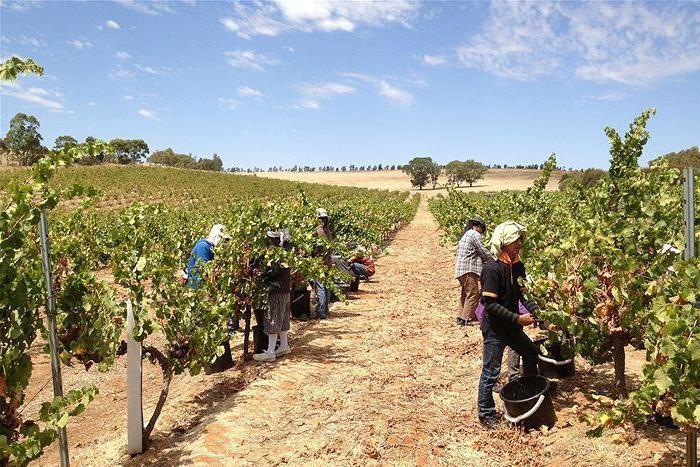Chemical Industry in Russia: Industry, Major Centers
The chemical industry in Russia isa truly unique industry, in which they learned to create real miracles. At numerous factories of the chemical industry, they are engaged not only in the processing of natural raw materials. In laboratories and spacious shops receive unique types of raw materials that do not exist in nature.
Shop counters are filled with products fromplastics and detergents, plastic bags and garden implements, building materials and other chemical products, without which it is difficult to imagine modern existence.
The chemical industry of Russia is a set of factories for the production of one or another product. Enterprises of the chemical industry are divided into two large groups:
1. Enterprises of basic chemistry, where the production of mineral substances (acid and soda, fertilizers and dyes, explosives and much more) is conducted.
2. Enterprises of organic synthesis, from the conveyors of which comes synthetic fiber and resin, rubber, plastic and rubber, etc.
Chemical industry branches
In order to understand the scope and meaningchemical production in our country, we should look at certain indicators, namely, Khimprom's share in total Russian exports accounts for 10% of the volume (meaning the value expression). Import of chemical products is up to 18% of the volume.
Today the chemical industry of Russia is represented by several groups of industries:
· Mining and chemical industry.
· Basic, or inorganic chemical industry.
· Organic chemistry.
The last, organic industry isthe chemical industry of organic synthesis, the chemistry of polymers, the processing chemical industry of polymer materials, and some other industries.
The branches of production are distributed on the territory of the state in accordance with several important factors:
· Water.
· Raw materials.
· Fuel and energy.
· Consumer.
The water factor is for some raw materials, for other auxiliary character.
Chemical Industry in Russia: Chemical Production Centers
Mainly mining chemical plants and plantspetrochemistry and a factory for the production of plastics are built in places of extraction of raw materials. The best place for plants for the production of rubber and tires are densely populated areas, because production involves the employment of a large number of workers in the enterprise. For convenience and economy, some chemical plants are located directly on the territory of another industrial enterprise, for example, in the copper smelting plant, phosphate fertilizer factories are included, because the ore containing this non-ferrous metal contains a lot of phosphorus. A petrochemical plant is often located in oil refineries.
Central economic region: the largest centers - Ryazan, Novomoskovsk, Yaroslavl. Main industries: processing of plastics, chemical fibers and paints, mineral fertilizers, household chemical goods.
North-West economic region: the largest centers - Luga, Novgorod, St. Petersburg. Main branches: production of mineral fertilizers, dyes and household chemicals.
The Volga region: the largest centers - the Volga, Balakovo, Novo-Kuibyshevsk, Nizhnekamsk. The main branches are rubber and tire production, chemical fibers, petrochemical enterprises.
The Urals economic region: the largest centers are Salavat, Sterlitamak, Perm. Major industries: large-scale production of coal chemistry, petrochemistry, production of mineral fertilizers, plastics and soda.
Western Siberia: the largest centers - Kemerovo, Novokuznetsk, Omsk, Tobolsk, Tomsk. The main branches are: coal chemistry (in the first two named cities), petrochemicals.
The crisis of the 1990s and theon Khimprom of Russia. So, for example, in 1997 the factories produced only half of the volume for which the capacity of enterprises was calculated. The chemical industry of Russia is capable of producing all the funds, chemicals the state needs.
</ p>







